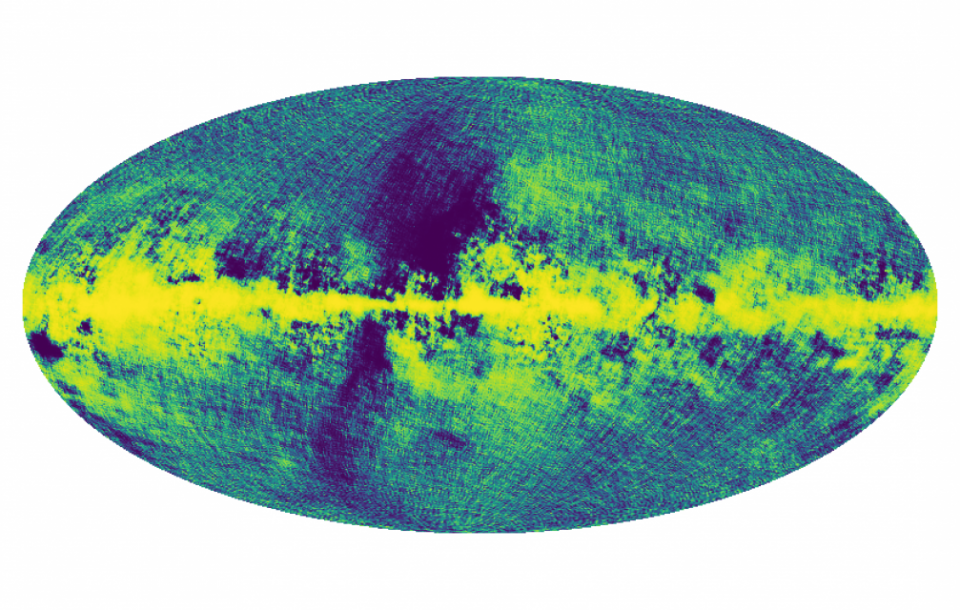Denys Wilkinson Building, Department of Physics, University of Oxford, Keble Road, Oxford OX1 3RH
Georges Obied (University of Oxford)
Abstract:
In this talk, I will discuss the motivation for considering an extra mesoscopic `Dark Dimension' of length l~\Lambda^{-1/4}~1e-6 m, taking into account theoretical and observational arguments. I will then talk about cosmological aspects of the Dark Dimension. In particular, in a recent paper (https://arxiv.org/abs/2209.09249), we show how this scenario leads, by the universal coupling of the Standard Model sector to bulk gravitons, to massive spin 2 KK excitations of the graviton in the Dark Dimension (the “dark gravitons”) as an unavoidable dark matter candidate. Assuming a lifetime for the current de Sitter phase of our universe of order Hubble, which follows from both the dS Swampland Conjecture and TCC, we show that generic features of the Dark Dimension cosmology can naturally lead to the correct dark matter density and a new perspective on the cosmological coincidence problem, where the matter/radiation equality temperature (T~1eV) coincides with the temperature where the dark energy begins to dominate. Thus one does not need to appeal to Weinberg’s anthropic argument to explain this coincidence. The dark gravitons are produced at T~4GeV, and their composition changes as they mainly decay to lighter gravitons, without losing much total mass density. The mass of dark gravitons is m_DM~1-100keV today.

